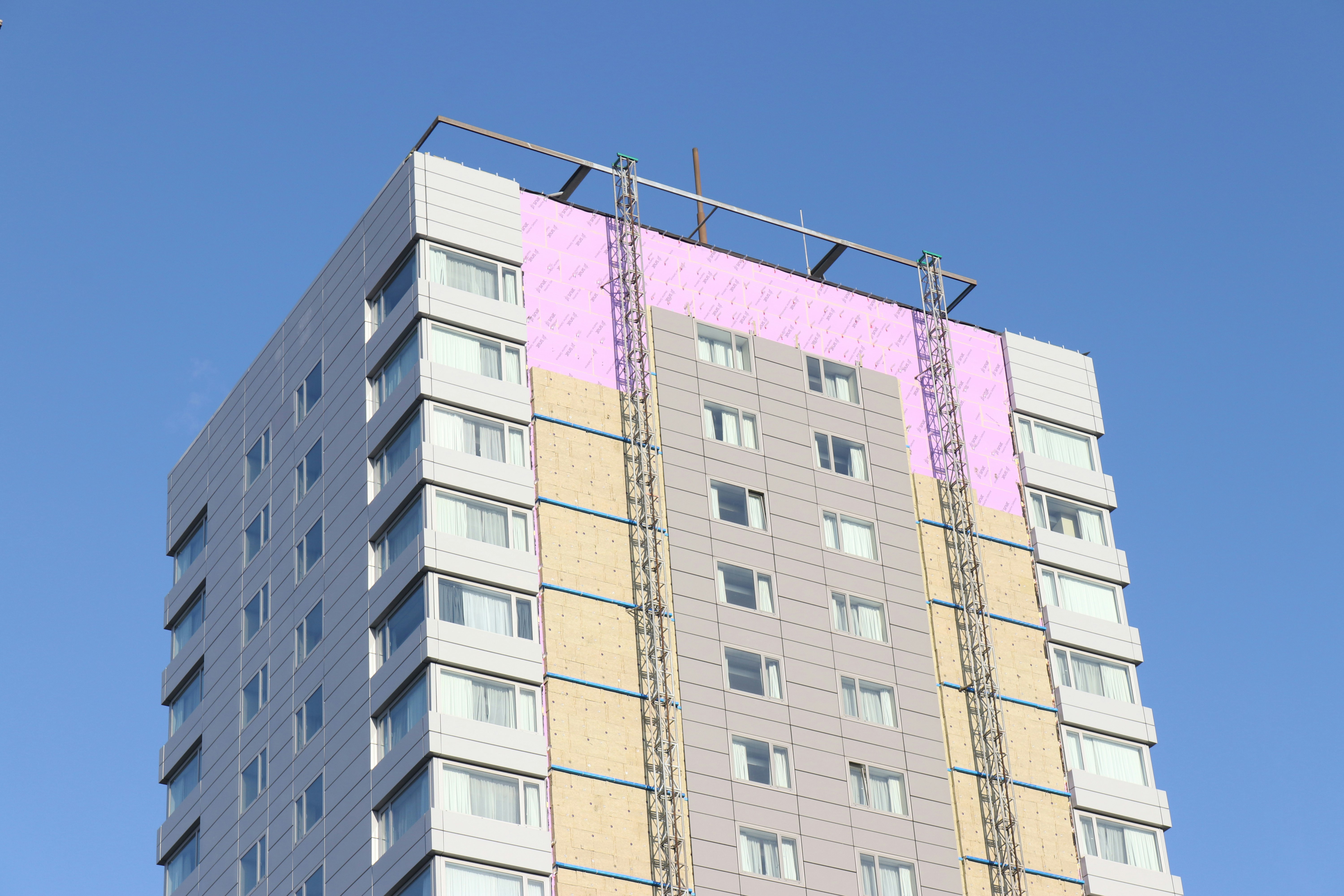Of 7,322 architects who responded to the survey, only about 50% reported high satisfaction with their job. Respondents, overall, cited dissatisfaction with key areas including:
- Work-life balance
- Recognition received by their employer
- Salary and transparency of employs’ promotion/compensation practices
Many respondents also cited a lack of opportunity to be involved in ‘meaningful projects’—those in which employees feel a sense of empowerment, contribution to a great good, and personal relevance.
General Survey Stats
- 4,200 + respondents were male
- 3,100 + respondents were female
- 1,500 + respondents were persons of color
- 5,700 + respondents were white
- Mean age of respondents was nearly 40 years
- Age range of respondents was between 25 and 34 years old
The report also noted that women and minorities were oversampled in order to increase participation.
Race & Gender in Architecture
When the survey data was analyzed by race and gender, there were even more considerable differences in satisfaction levels. The majority of women and persons of color agreed to a statement that they are either “somewhat” or “very” underrepresented in the industry.
A majority of the women who participated in the survey felt their gender was a factor in whether or not they were promoted to senior-level positions at their firm. The survey also assessed why more women may not be advancing in their careers.
A top concern revealed in the survey was work-life-balance. The long hours on the job conflict with the obligations of family life—and that’s largely due to lack of flexibility in scheduling work hours and employer’s lack of willingness to allow employees to telecommute. It’s interesting to note that, regardless of race or gender, work-life-balance is important to all architects. Many feel that striking this delicate balance requires a shift in the work culture.
Attracting & Keeping Exceptional Architects
The survey explored ways that companies could hire and retain exceptional employees, specifically more minority and women architects. Approaches include:
- Offer mentoring programs throughout an employee’s career
- Provide programs for personal skill and professional development
- Establish outreach programs to schools and communities, advocating for women/minorities
- Provide scholarships and internships
- Provide clear, written criteria for eligibility for advancement
- Provide salaries commensurate with hours worked
- Provide awards/recognition for performance on a project
From an organizational psychology perspective, these approaches make sense. Architecture firms can also focus on opening communication with employees about the structure of their work and empowering them with greater control over how work is scheduled. This could mean being more transparent with how work is assigned; allowing for work-from-home days; or extending work hours outside of a typical 8-5 schedule.
It’s also important to offer employees opportunities to connect socially, outside of work-related meetings and dinners.
Salary Satisfaction
The AIA survey also examined the impact of salary on diversity and job satisfaction. Across the board (men, women, persons of color), respondents indicated their salaries were not aligned with the hours worked. For employees, feeling that they are paid what they are worth, that their contributions are recognized and bring them personal meaning all contribute to job satisfaction and retention. And all of that is a good for the employer, too.
Additional Resources












